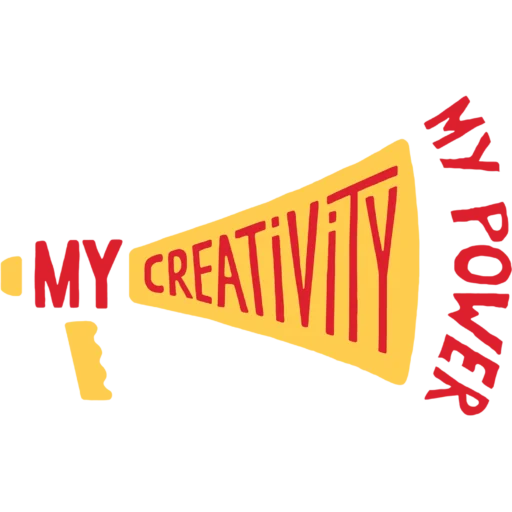Let’s get loud!
Description
The young people learn about the Sustainable Development Goals and consider which they think are the most important. They discuss their ideas for achieving these goals and develop concrete proposals for the various target groups. They formulate these proposals into clear demands and present them in the public space or on social networks.
Target group
Young people, general public
Number of participants
Min. number of participants: 15
Min. number of facilitators: 2
Environment
Big, open multimedia room
Materials
Paper (A4) and pens, media for digitally presenting SDGs, taper
Objective/aim
Political literacy on local environment and climate change, shaping demands, presenting them to public
Step by step instructions
STEP 1:
Briefly introduce the Sustainable Development Goals (SDGs) and give participants detailed descriptions of each goal. Useful materials can be found here and here.
STEP 2:
Divide participants into five groups and give each group three sheets of paper (A4) and pens. Ask them to discuss in their group which of the SDGs are most important to them and how they relate to their local environment. Each group should select the three SDGs that are most important to them and that they would like to help achieve. They should write down each of the selected SDGs on their own A4 paper.
STEP 3:
Ask participants to sit in a circle and randomly distribute the A4 papers with the selected SDGs on the floor or tape them to the wall for all to see. Review which SDGs they chose and group those that are repeated into a cluster.
STEP 4:
Ask participants to vote for a shortlist of the SDGs they think are most important and should be achieved first. Ask each participant to vote for three SDGs - this is done by writing a + symbol on the sheet of paper with the SDG selected. Count the votes and highlight in strong colours the three SDGs that received the most votes.
STEP 5:
Participants are then asked to form three groups. Each group is given a piece of paper with one of the SDGs that was voted for, a large poster, and pens. Each group should then discuss how different target groups could contribute to achieving the chosen SDG:
- youth (themselves and their peers)
- family and relatives
- the general public
- local authorities (mayors, local councils, etc.)
- local businesses
- multinational companies
- political decision makers on national level
- world leaders
- international organizations.
Once they have agreed on the specific suggestions for each target group, they should write them on a poster and then present them to the other two groups.
STEP 6:
A second round of voting follows - this time participants are asked to vote for the proposals presented, each selecting three proposals for each of the SDGs. When they are done voting, highlight the selected proposals in strong colours.
STEP 7:
In the next step, participants should formulate these proposals into clear demands (short and concise sentences) and write them in large capital letters on new posters. Then they can present these posters in public spaces (for example, a town square, a public library, the main train station, etc.) so that as many passers-by as possible see them.
Tips for the trainer
Additional suggestions:
- Participants can line up in a public place to form an exclamation point. If they wish, they can also invite passers-by to voice their demands with them so that together they can be even louder.
- Participants can also group their demands by target group (for example, young people / local authorities / world leaders / international organizations, etc.) and write a separate demand for each target group (the writing style should be adapted to the target group). They should then post the demand letters on social media and send them to local or national media for publication.
Any other comment
You can use a variety of sources to present the SDGs, such as descriptions on fact sheets, videos, cards, etc. Chose them according to the age of your target group.
